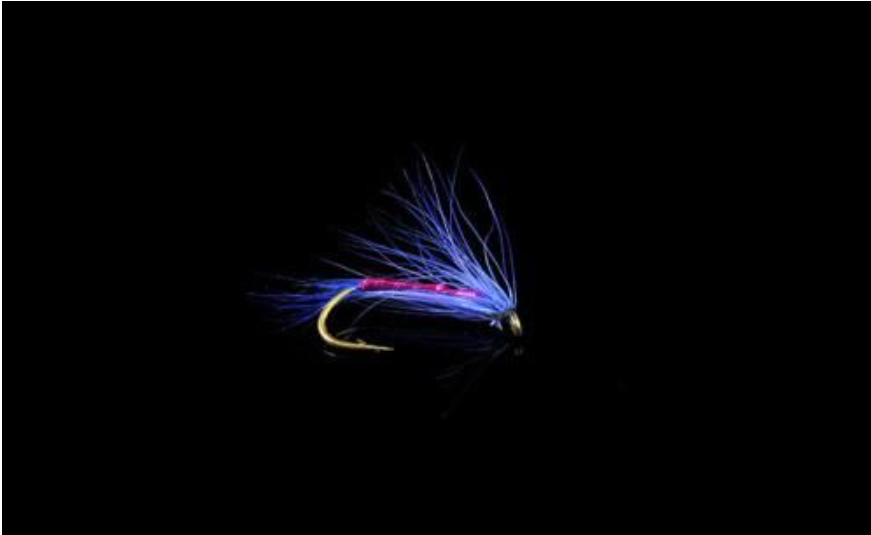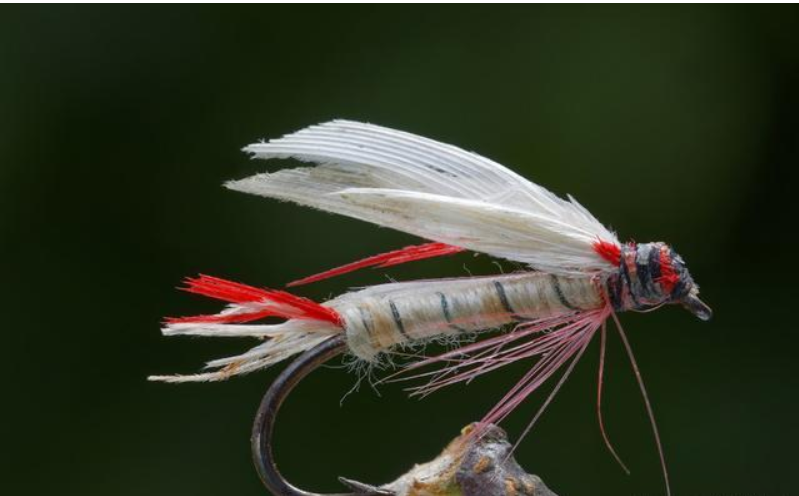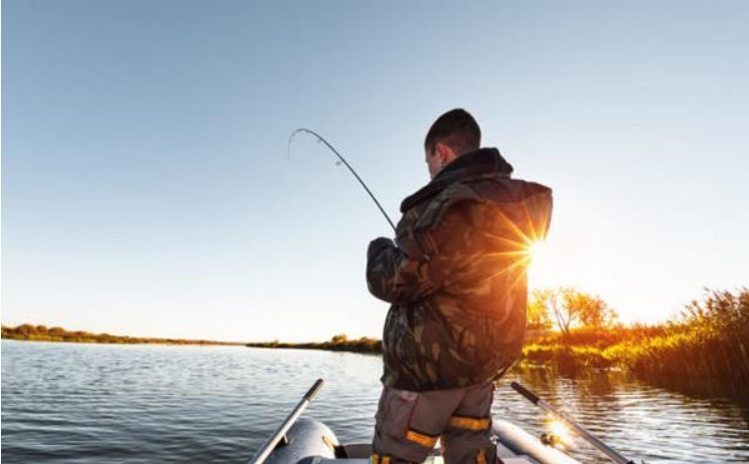Fly fishing is a flexible and free-spirited angling method that uses artificial lures to imitate winged insects such as flies, mosquitoes, dragonflies, and moths. This technique attracts fish by triggering their instinct to strike, leading them to bite the hook. It demands high control from the angler, as the lures are nearly weightless, requiring precise manipulation of the fly line’s shape and density for effective casting.
The sport has evolved to include eight primary fly line types: level lines, double-taper lines, weight-forward lines, saltwater lines, bass lines, rock fishing lines, and others. For beginners, the double-taper line, which narrows at both ends, is often the most suitable choice.
Introduction
Fly fishing is widely popular in Europe and America for targeting predatory fish in streams. With social progress and rising living standards, more people are exploring this method, and domestic tackle manufacturers have started producing related gear in recent years.

As a technique favored by experienced anglers, fly fishing is especially effective during early to mid-spring (March to April) when winged aquatic insects emerge as adults. It capitalizes on the instinct of predatory fish to strike first and discern prey later, making it ideal for catching small predatory species in lakes, reservoirs, ponds, rivers, and streams. This approach uses artificial flies to mimic insects landing on the water, enticing fish like minnows, culter, and mandarin fish to attack. In fishing circles, fly fishing is often categorized under lure fishing.
Equipment
1. Rod: Choose a fly rod with a fast or medium-fast action, preferably over 2.7 meters in length and lightweight. Rods that are too stiff or short hinder casting, while heavier ones cause fatigue quickly.
2. Line: A standard fly fishing setup consists of three parts: First, the backing line, made of braided nylon for strength and flexibility, stored on the reel as reserve for large fish. Second, the main line, specifically designed for fly fishing with high density and water-shedding properties to aid casting without weights. It includes sinking-tip lines for mid-water species and floating lines for surface feeders. Third, the leader, a transparent nylon line about 1.5 meters long, connected to the main line. It should be as thin as possible, with a diameter under 0.2 mm, while maintaining strength.
3. Fly: The artificial fly is crucial. Select patterns based on season, environment, and target species—e.g., lighter colors in spring and brighter ones in summer, matching local insect activity. Incorrect choices reduce success.
4. Reel: A basic fly reel suffices, but ensure its drag system functions properly.

Techniques
1. Tying Flies: Choose hooks sized for target fish, such as sizes 2-4 with long shanks and rings for small species. Secure colored feathers to the hook shank, flaring two-thirds into a伞 shape and wrapping with thread. Fix the remaining third along the hook body to the bend, using minimal glue for stability, and leave 0.5 cm of feather at the tail. While flies can be bought, DIY offers enjoyment and customization.
2. Casting: The graceful, rhythmic casting motion is a hallmark of fly fishing. Stand in the water, facing upstream. Start with twice the rod length of line, swinging the rod back and forth to extend the line and dry the fly. Simultaneously, pull and release line from the reel with the other hand. As line lengthens, maintain a steady circular motion without speeding up. Finally, gently forward-cast to lay the line on the water. Practice is key—avoid force.
3. Fly Manipulation: Using a floating line, after the cast, slowly retrieve line while twitching the rod to make the fly hop lightly on the surface, imitating a struggling insect. Avoid excessive movement to prevent spooking fish. Strikes are signaled by splashes or line tremors—stop retrieving, hold the line tight, lift the rod to set the hook, then hand-line the fish in.

Fly fishing is a pure leisure activity. In many streams lacking large predators, use small hooks and omit backing. It is physically demanding, suited for younger enthusiasts. Remember, it is about artistry, not catch counts.
Considerations
1. Maintain Quiet: Predatory fish are skittish and noise-sensitive. Move stealthily, use cover, avoid bright clothing, and minimize rod shadows over the water.
2. Timing: Dawn and dusk are prime, as fish often cruise near the surface to feed on insects.